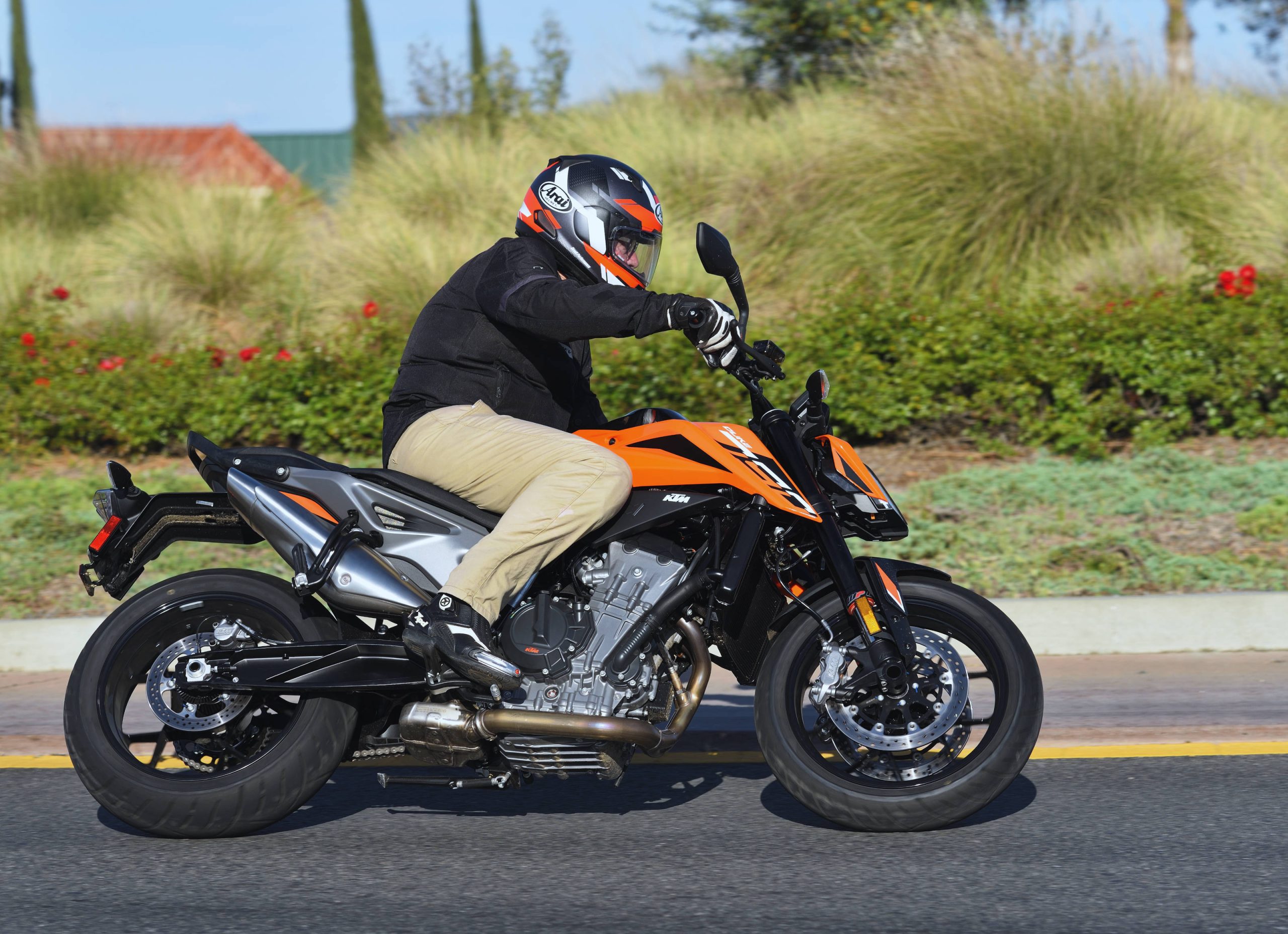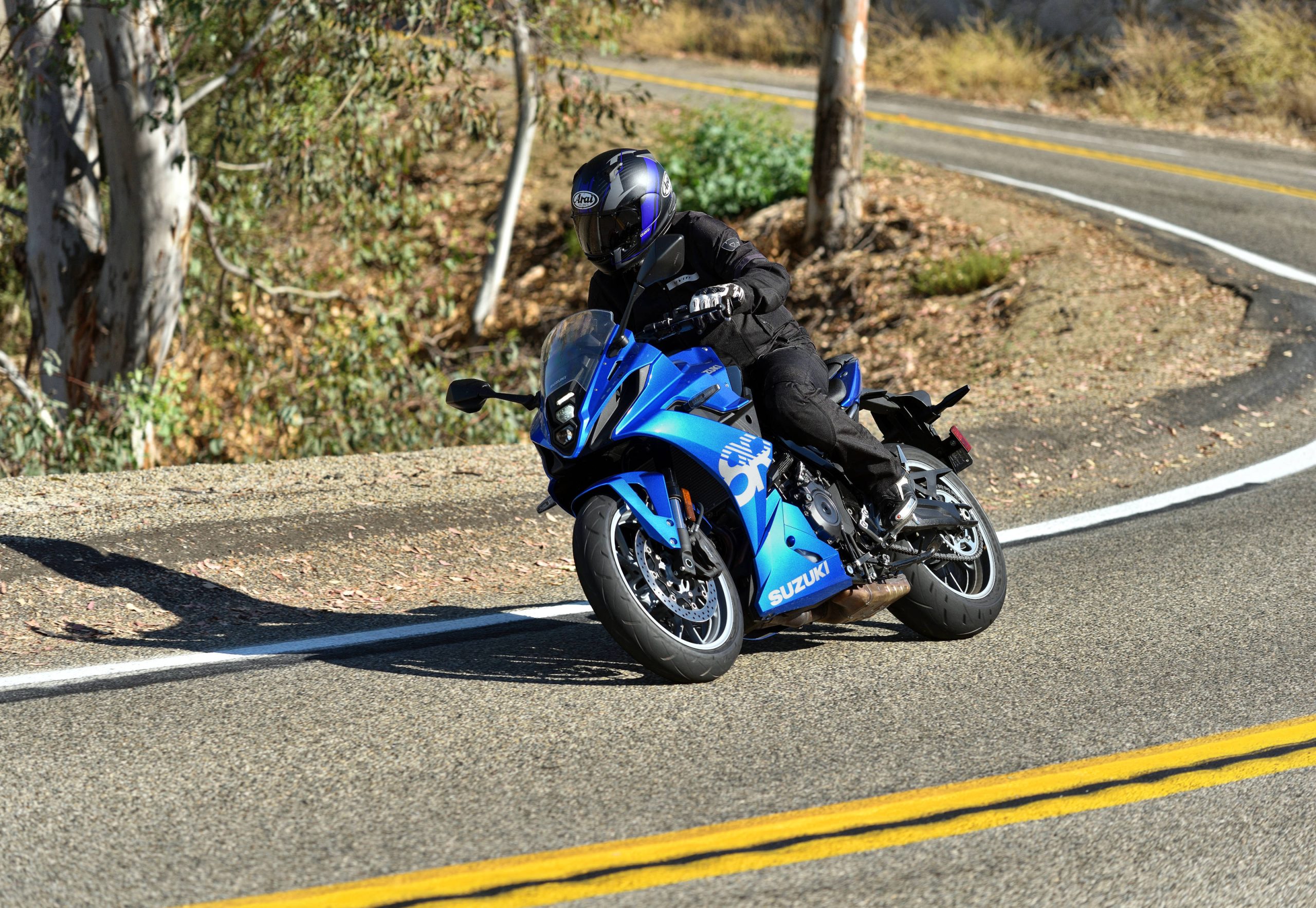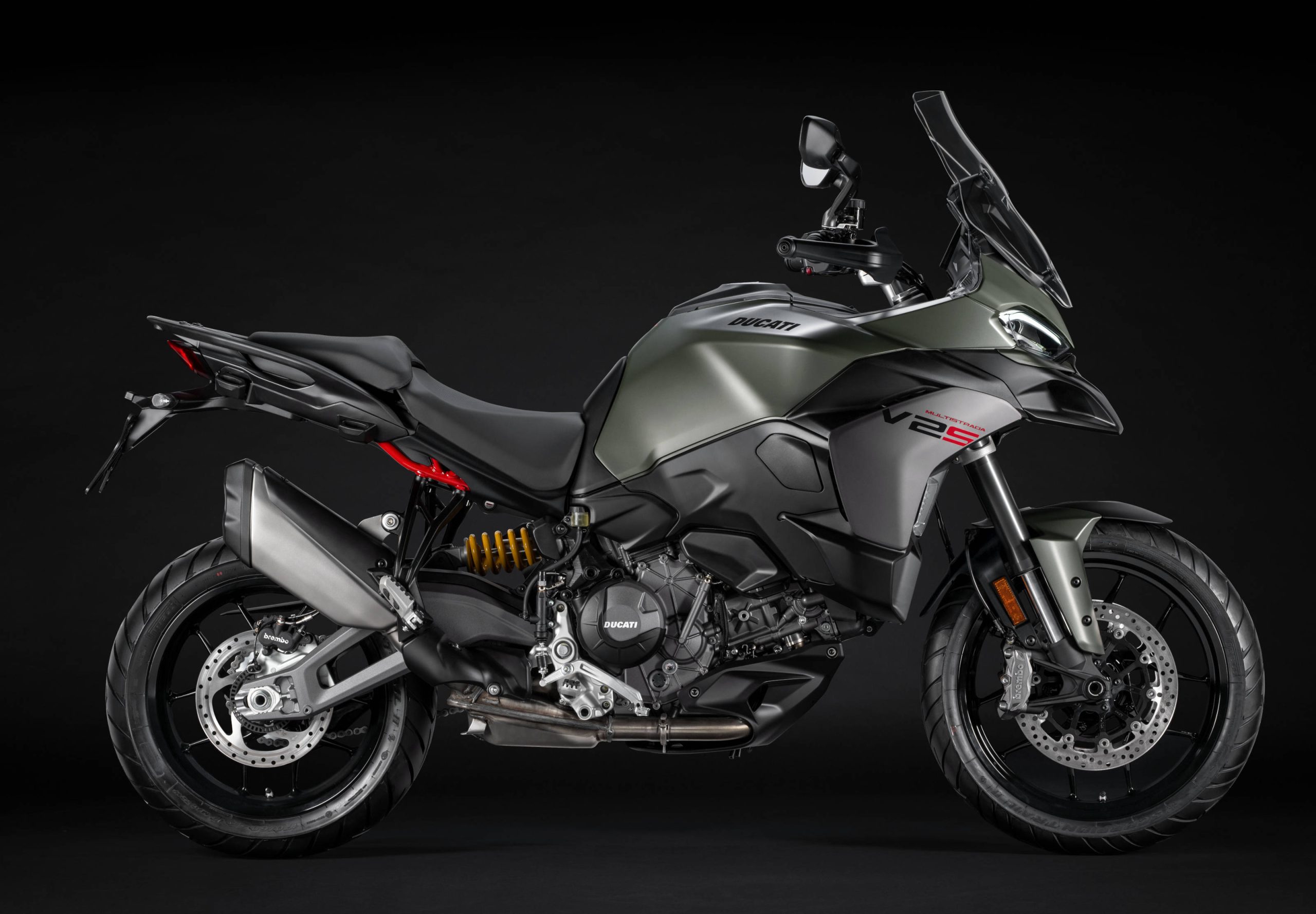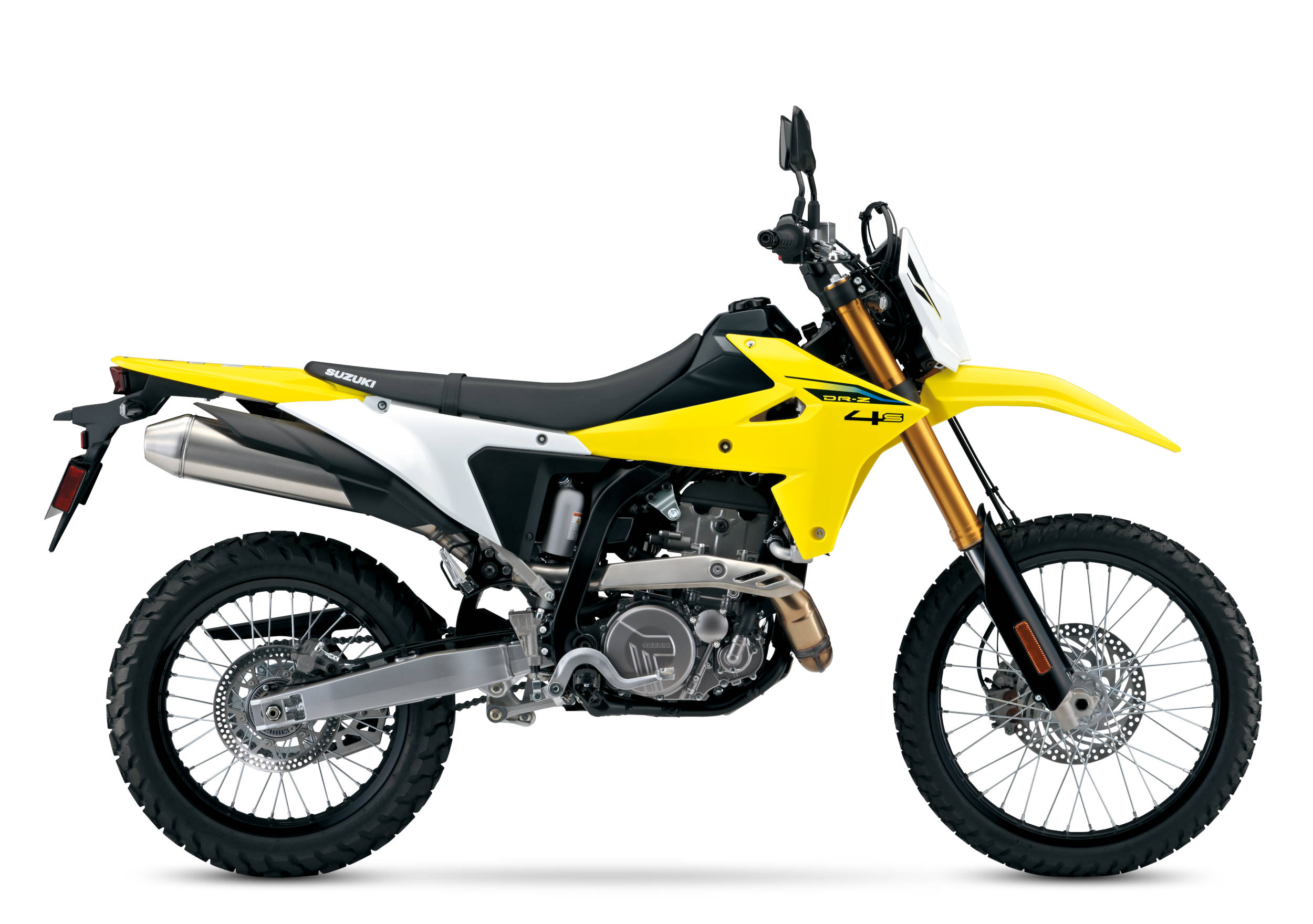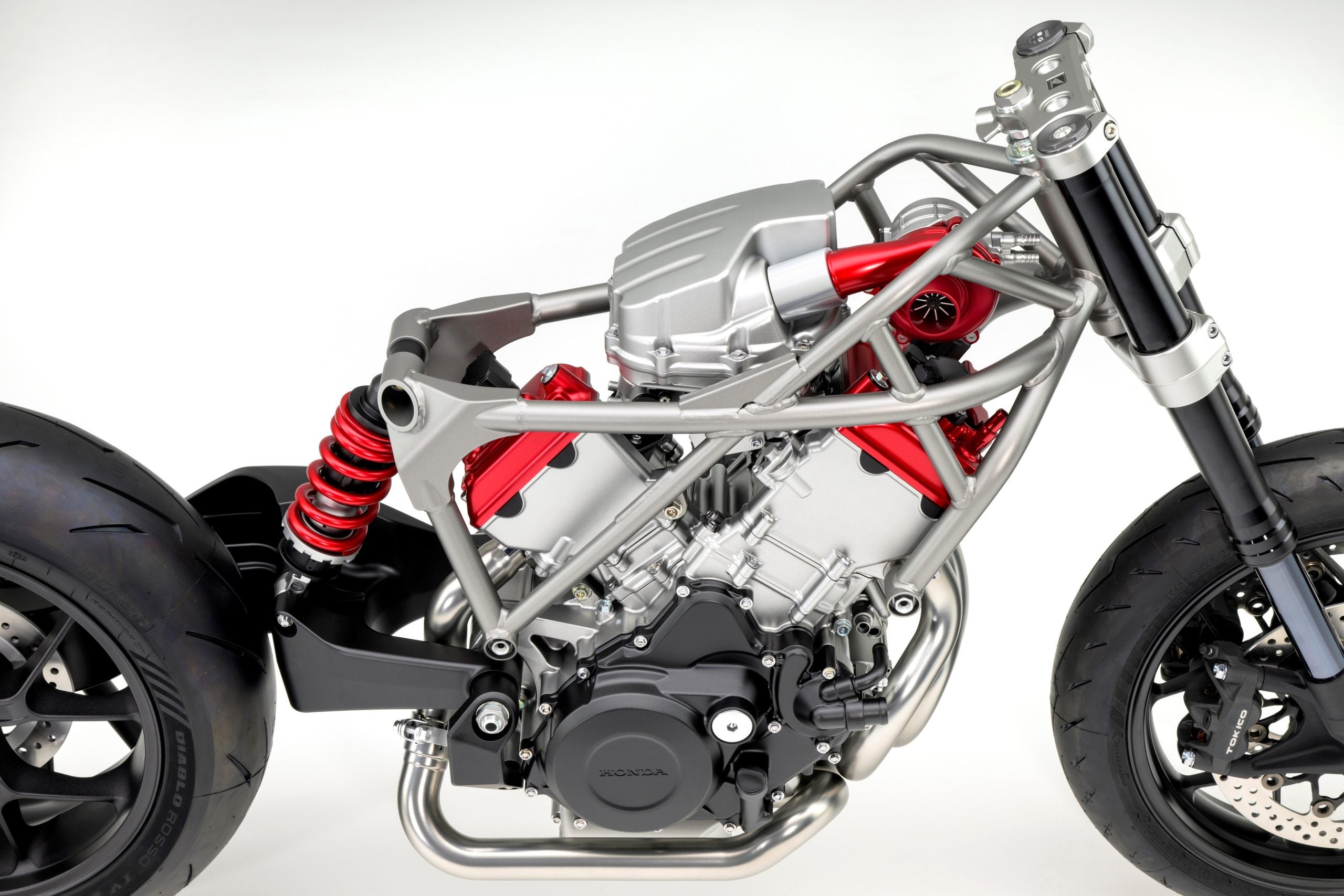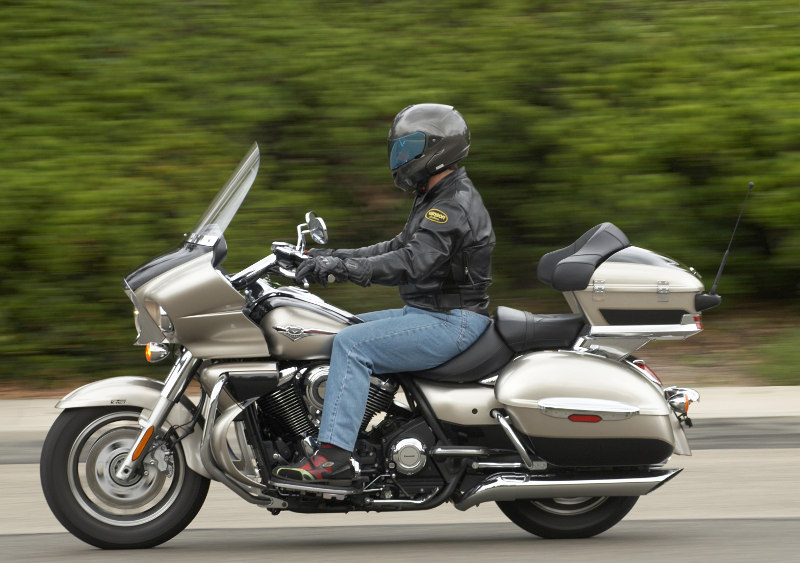
Dirck was certainly impressed with Kawasaki’s new full-dress tourer when he rode it at the press intro, but we wanted to put some miles on it in the real world.

I have always been a fan of classically styled touring bikes. When Kawasaki announced their new line of 1700cc Vulcans, I was quite impressed with the fact that they brought back the Voyager as part of their line up. The old Voyager had never caught my eye as a bike I could see myself spending time on, let alone buying. The new bike is a complete departure from that machine. A 1700cc v-twin has replaced the old 1200cc inline four, and a unique take on retro styling has replaced dated, tired styling. The specs for the new bike looked great on paper, but still needed to be experienced in the real world for me to form my final thoughts.
My initial ride on the Voyager was spent familiarizing myself with the controls. The switches for the stereo and cruise control are mounted on the handle bars and are fairly easy to reach. I picked the bike up late in the evening and would have greatly appreciated the controls being back-lit, but once I became familiar with the location of each control it became less of an issue. The stereo was actually a nice unit, it offered more than enough power to be heard at freeway speeds and the speed sensitive volume control saved a lot of time adjusting volume in traffic. The cruise control functioned very well. If I had it set, it would maintain a constant speed without a lot of variation.
Riding a bike this size has always been a love or hate situation for me. I enjoy the comfort of the bigger bikes, but I have never been a fan of the handling or brakes on them. Kawasaki must have been reading my mind when they went to the drawing board with this one. The handling is very well balanced and doesn’t require “He-Man” like efforts to get the bike through a twisty section of pavement. Ground clearance was actually quite respectable as well. Before you get any crazy ideas, I’m not saying the Voyager has the handling of a ZX-6R, but it is a great deal more nimble than many other bikes of its size and weight. Complimenting the handling on the Voyager is the outstanding brakes. Our test unit was equipped with the K-ACT ABS system, which aides in keeping the bike composed in hard braking situations and enhances the balance and feel when riding at an aggressive pace on twisty roads.

The power delivery from the new 1700cc long stroke mill was definitely sufficient. It makes excellent power from just off idle up to around 3500 RPMs. From there to the 6,000 RPM redline, the engine still pulled, but it felt restrained or choked off. I have a feeling adding an aftermarket intake would go a long way towards curing that issue. When short shifting at around 3500RPMs, the power propels you forward at a very spirited pace, and returns excellent fuel mileage. I had averaged over 40 mpgs on one trip by keeping the revs below 3500. Even in the ultra-high 6th gear overdrive, the engine had enough torque to maintain constants speeds on long, steep grades. Passing slower traffic usually didn’t require downshifts. Matched to the torque monster engine is a buttery smooth 6 speed overdrive transmission. Equipped with a heel/toe shifter, gear changes on the Voyager are almost too easy.
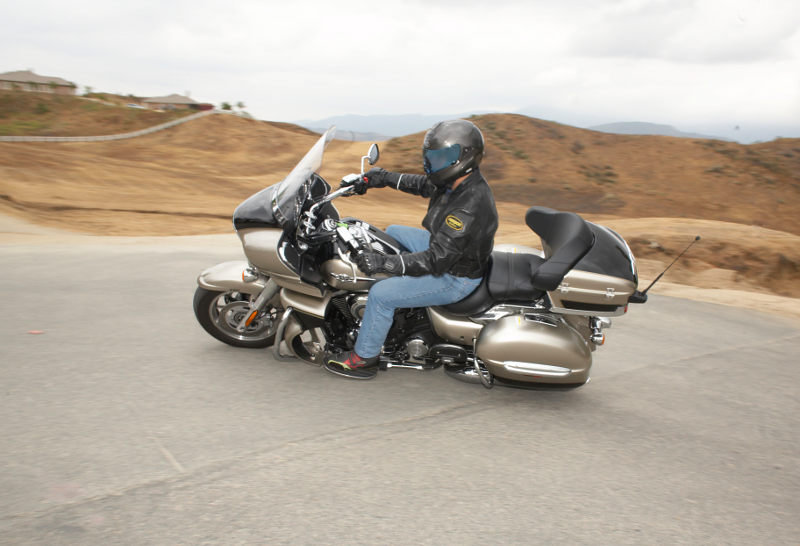
Using the bike as a commuter, I really appreciated the size of the trunk and saddlebags. I was able to fit two full face helmets in the cavernous trunk, while carrying my laptop and tons of paperwork in the bags. If I had had more time with the bike, I would have liked to have loaded up for a weekend trip up the coast, but maybe next time. Ultimately, most buyers are going to use it for commuting every day and those buyers should be warned. Allow yourself additional time for your commute, you will find every reason possible to take the long way to and from work while riding this bike! Hook up your i-pod, turn up the volume, set the cruise and enjoy the ride.
The new Voyager carries a U.S. MSRP of $17,299. Kawasaki has just announced the 2010 Voyager, which is unchanged except for new color schemes. Take a look at Kawasaki’s web site for additional details and specifications.

